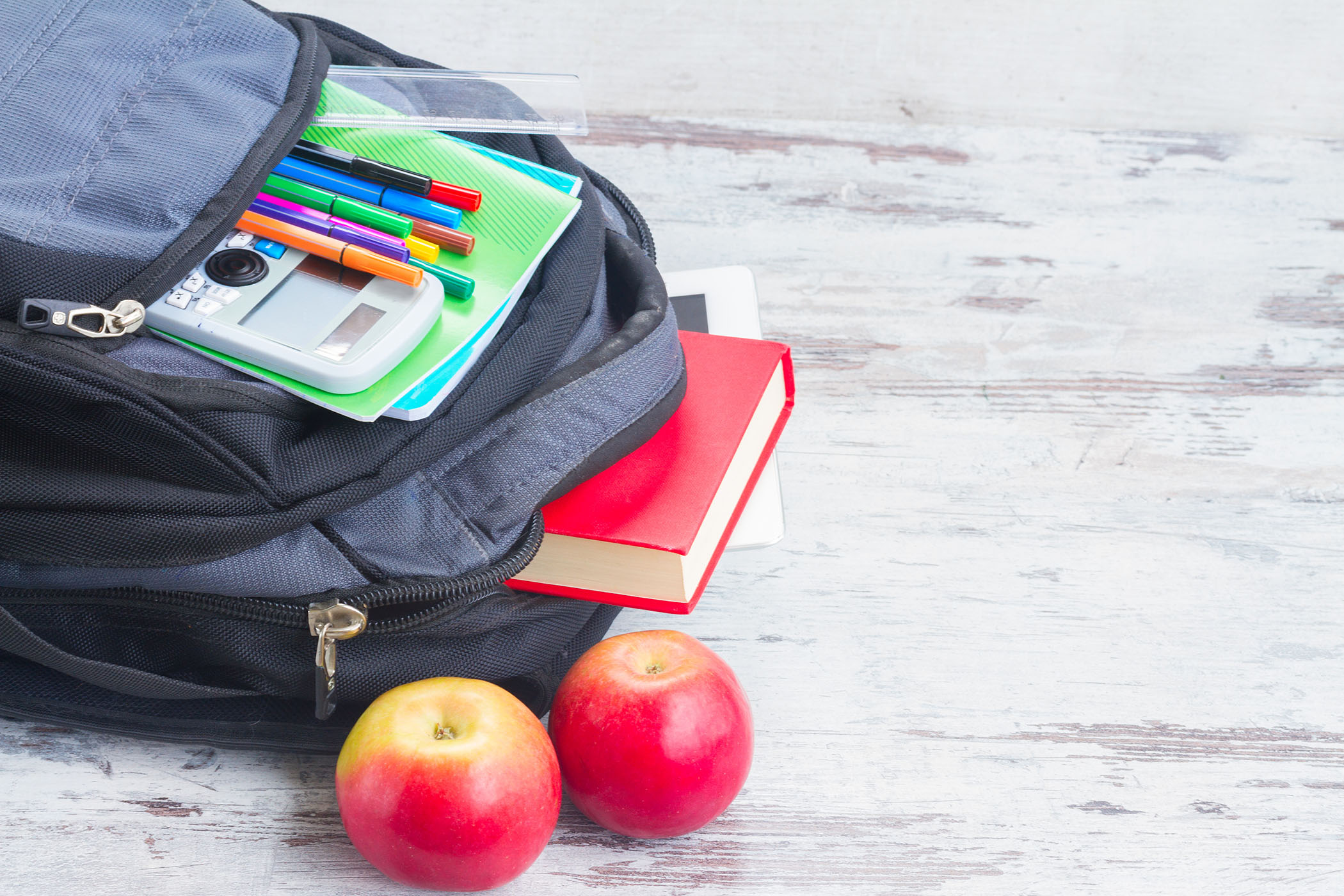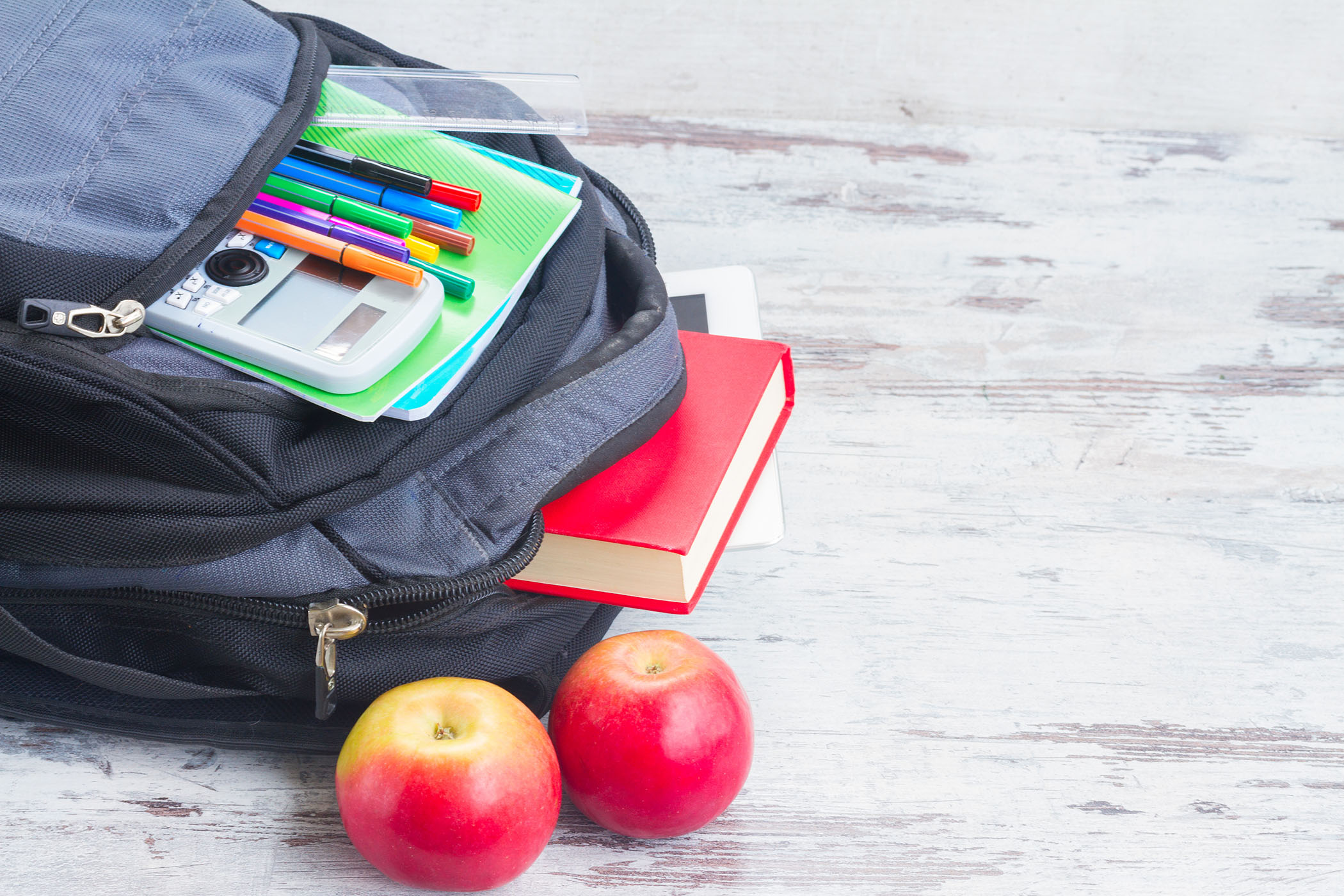
Train Your Kids To Eat Healthy
Thursday, February 1, 2018
Training your kids to eat healthy is indeed a challenge for most parents, as they are often influenced by TV commercials about fast foods and other influences that may become more appealing to them. Factor in your own hectic schedule and it's no wonder so many kids' diets are built around convenience and takeout food. But switching to a healthy diet can have a profound effect on children's health, helping to stabilize their energy, sharpen their minds, and even out their mood swings.

What is healthy eating?
To stay healthy and maintain a healthy body-weight, children need to be physically active and eat the right amount of nutrients to balance the energy they use every day.
The Australian Dietary Guidelines recommend children should enjoy a wide variety of foods from these five food groups:
- Fruit
- Vegetables, legumes and beans
- Cereals (including breads, rice, pasta and noodles), preferably wholegrain
- Lean meat, fish, poultry and/or alternatives
- Milks, yoghurts, cheeses and/or alternatives (children under 2 should have full fat milk, but older children and adolescents should be encouraged to have reduced-fat varieties).
According to Nutrution Australia , they recommend the following tips to help plan for a healthy lunchbox.
- Make time to prepare. Have fresh fruit and vegetables, milk and yogurt, bread and crackers all bought in advance.
- Shop wisely and save money. Buy fresh fruit and vegetables in season to ensure good quality and value for money.
- Make your own snacks. For example, snack packs from fresh ingredients which you can buy in bulk.
- Look after the environment. Put sandwiches and other items in reusable containers. This uses less packaging and creates less rubbish.
- Choose a variety of foods from the 5 food groups (see table below).
- Include a bottle of water. No need for sweetened drinks such as juice, cordial or soft drink as these contain too much sugar which are not good for teeth. Non-water drinkers usually start drinking water with the example of other children. Freeze a small quantity each night and top up with cold water in the morning for a cool summer drink.
- Keep food cool. In warm weather freeze a water bottle or put a small ice pack in the lunchbox.
Refference: https://www.nutritionaustralia.org/national/resource/packing-school-lunchbox
Be the leader of the family and encourage the healthy eating habits with some of the below tips.
- Make an effort to cook more meals at home
- Get the children involved in your weekly shopping. You can use this experience to teach them about different foods and how to read the food lables.
- Limit portion sizes.
- Be the role model. Practice what your preach. Don't stuff yourself with chips and pizza while trying to convince your child to eat their veggies.
- Pay attention to portion size and ingredients
- Turn the TV off while eating. This way your child is paying attention to eating and the fresh healthy food choices you offer.
- Try to get your child involved in the planning and preparing meals. If your child particpants has helped with the meal, the more likley they will eat it.
- Try to have a bowl full of fresh fruit within easy view and reach on the kitchen table or bench.
